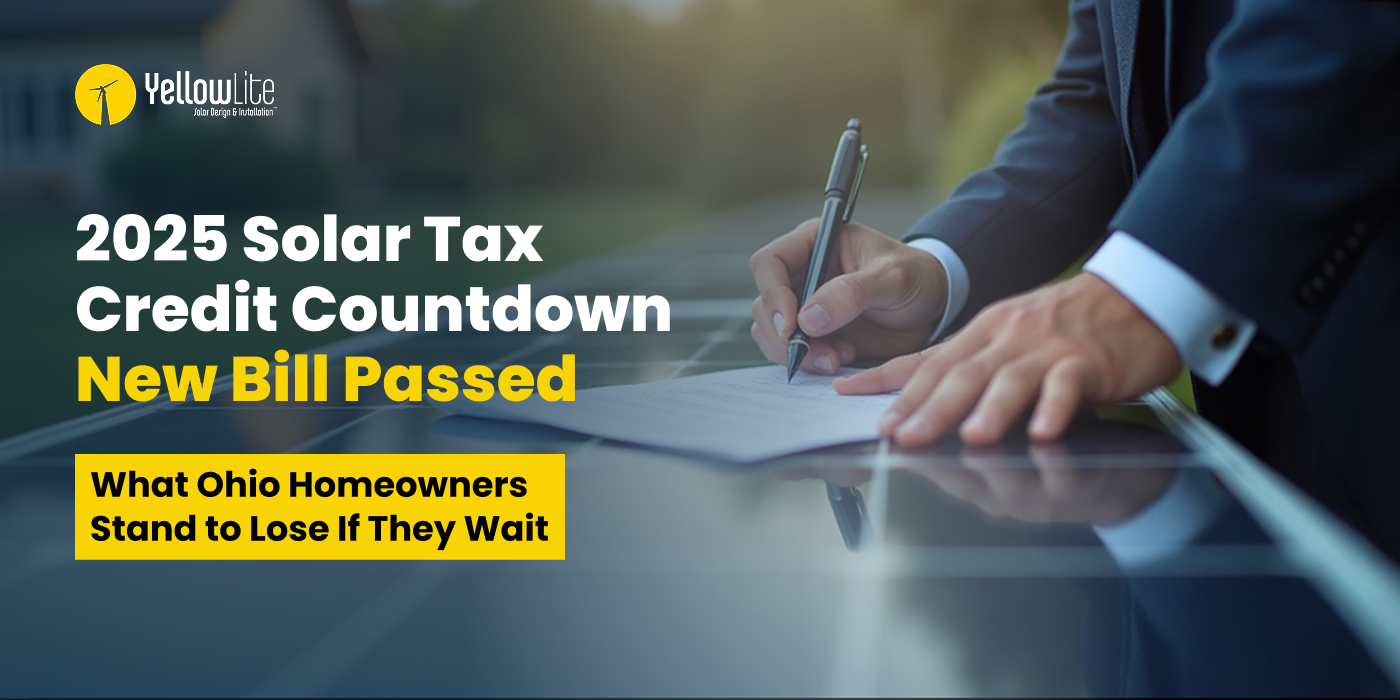Every solar energy system has one main purpose: to generate renewable energy. While this is the primary function of all systems, each is uniquely designed to accomplish specific goals for the owner, or community in the case of solar farms. If you’ve gone through the installation process, you already know that your intentions impact the equipment interacting with your power system. Solar can be used for supplemental power, an emergency backup source, or even a means to achieve energy independence. Many system owners start their project with one intention but may see the potential for more after the installation is complete.
Modifications can involve increasing energy production by adding more solar panels or even adding in new energy components. Here, we’ll be looking at three common additions to solar installations.
Solar Batteries
A solar battery is meant to store excess solar power. Energy storage can be used for routine energy supply or as an emergency backup source. Batteries that are used on a regular basis continue to power a home or building after sunset, when the panels have stopped generating energy for the day. This is typically the case for system owners who intend to minimize their use of local grid power, or cut it out entirely and use only their own energy supply. Emergency battery backups on the other hand, are used more scarcely, serving as a supplemental power source during situations like local outages.
EV Charging Stations
Electric vehicle charging stations are essential for powering alternative and hybrid vehicles that run on electricity. Owners of these vehicles increase their usage of electricity, which is reflected by utility bills. Using solar energy instead of typical grid power not only reduces energy costs, but it also reduces dependency on fossil fuels. Since many electric vehicle owners value sustainability, it seems counterintuitive to rely on grid power (which usually relies on carbon, oil, and/or natural gas) to fuel a vehicle meant to lower the consumer’s environmental impact.
Energy Consumption Monitors
There are a few sides to energy monitoring. Many consumers might think of their energy bill and the total monthly cost while solar owners might think of their inverter and how it measures the production of their solar energy system. However, the details of a household or building’s actual energy usage can be tracked with an energy consumption monitor. These monitors not only communicate overall consumption, but they can include features that distinguish which appliances or devices are using the most energy. Solar owners intending to cut down on unnecessary consumption use these monitors for better insight into their energy usage.
Modify Your Energy With YellowLite
Our solar projects don’t end with the installation. Our team continues to provide maintenance services and even system upgrades after your power is flowing. Whether you’re planning to expand your solar energy system with more solar panels or additional equipment, we’re ready to update your system design to better serve your goals.
Reach out to a YellowLite solar consultant to learn about upgrading your system!
Call us at 216-333-1364
Email us on https://www.yellowlite.com/contact-us/



